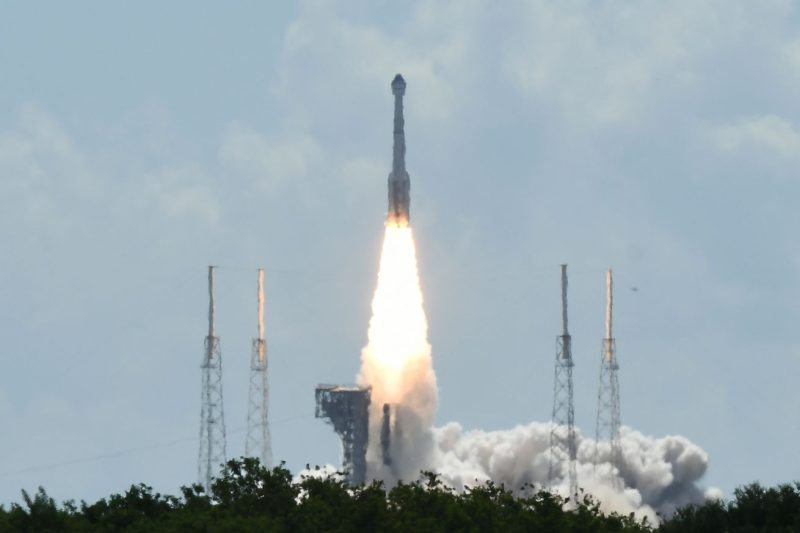NASA’s Decision to Stick with Boeing for Artemis Missions
The aerospace industry has always been a dynamic field, with continuous advancements and developments in technology and exploration. As NASA prepares for its upcoming Artemis missions to the Moon and beyond, the choice of commercial partners for these endeavors is crucial. Despite facing challenges and setbacks, NASA has chosen to continue its partnership with Boeing for the Artemis missions, a decision that has garnered both support and criticism.
Boeing, an established aerospace company with a long history of collaboration with NASA, has been a key player in space exploration. The company has been involved in numerous projects and missions, including the Space Shuttle program and the International Space Station. While Boeing has faced setbacks in recent years, including delays and cost overruns, NASA has decided to stand by its longtime partner for the Artemis missions.
One of the reasons NASA is sticking with Boeing is the company’s experience and expertise in space exploration. Boeing has a proven track record of successful missions and has the technical capabilities to support NASA’s ambitious goals for the Artemis program. By continuing to work with Boeing, NASA can leverage the company’s knowledge and resources to ensure the success of the Artemis missions.
Another factor in NASA’s decision to stick with Boeing is the importance of maintaining a diverse and competitive commercial space industry. By working with multiple partners, including Boeing, NASA can foster innovation and collaboration within the aerospace sector. This diversity of partnerships helps to drive progress and advances in technology, ultimately benefiting future missions and exploration efforts.
While NASA’s decision to continue its partnership with Boeing has been met with support from some stakeholders, others have raised concerns about the company’s recent performance and reliability. Boeing has faced criticism for its handling of the Starliner spacecraft program, which experienced multiple setbacks and delays. Some argue that NASA should consider alternative partners to ensure the success and safety of the Artemis missions.
In conclusion, NASA’s decision to stick with Boeing for the Artemis missions is a strategic choice that reflects the agency’s commitment to collaboration, innovation, and success in space exploration. By leveraging Boeing’s experience and expertise, NASA aims to achieve its ambitious goals for the Artemis program and pave the way for future missions to the Moon and beyond. While challenges remain, the partnership between NASA and Boeing holds great promise for the future of space exploration.
